Researchers have captured the signal of neutrinos from a nuclear reactor using a water-filled neutrino detector, a first for such a device.
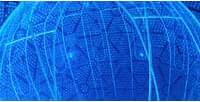

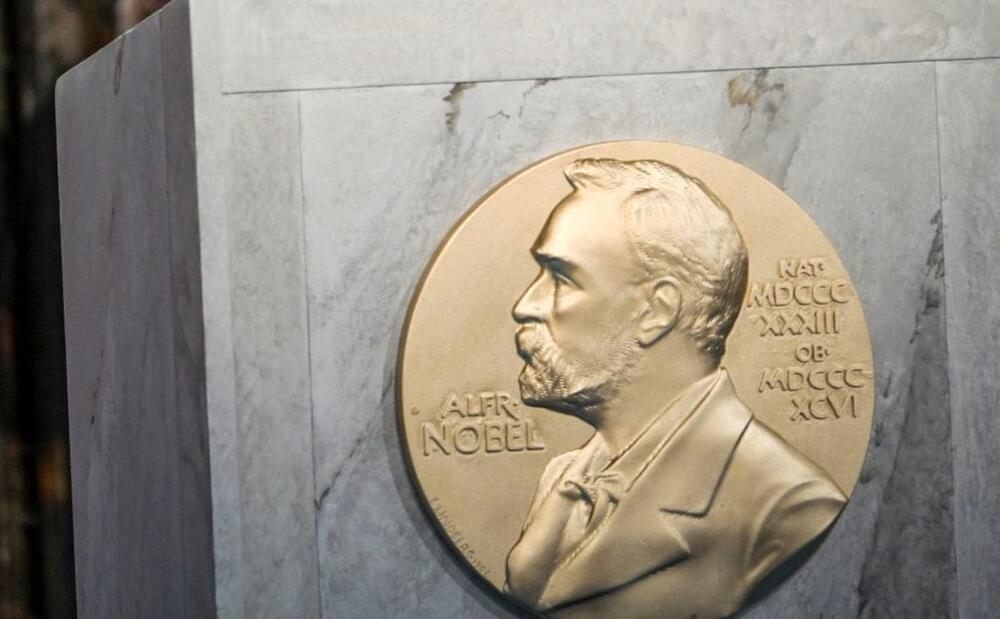
The recipient of the 2024 Nobel Prize in physics will be announced Tuesday, Oct. 8.
The winner will be announced no earlier than 5:30 a.m. EDT. Watch the event live in the player above.
Three researchers won the honor last year for making advances in the field of studying electrons. The prize went to French-Swedish physicist Anne L’Huillier, French scientist Pierre Agostini and Hungarian-born Ferenc Krausz, who used attosecond-long flashes of light to illuminate molecules and provide brief glimpses of how fast-moving electrons travel.

Researchers have invented a technique that enables low Earth orbit satellite antennas to manage signals for multiple users at once, slashing costs and simplifying designs for communication satellites.
Low-orbit satellites could soon offer millions of people worldwide access to high-speed communications, but the satellites’ potential has been stymied by a technological limitation – their antenna arrays can only manage one user at a time.
The one-to-one ratio means that companies must launch either constellations of many satellites, or large individual satellites with many arrays, to provide wide coverage. Both options are expensive, technically complex, and could lead to overcrowded orbits.

https://earthobservatory.nasa.gov/images/153422/sprites-camera-action.
An astronaut on the International Space Station captured a red sprite over North America, a rare atmospheric phenomenon associated with powerful lightning.
This event, visible from space, was recorded through a timelapse video that spans over several U.S. states. The sequence also highlights other weather phenomena and contributes to NASAs Spritacular project, which aims to better understand these elusive events.
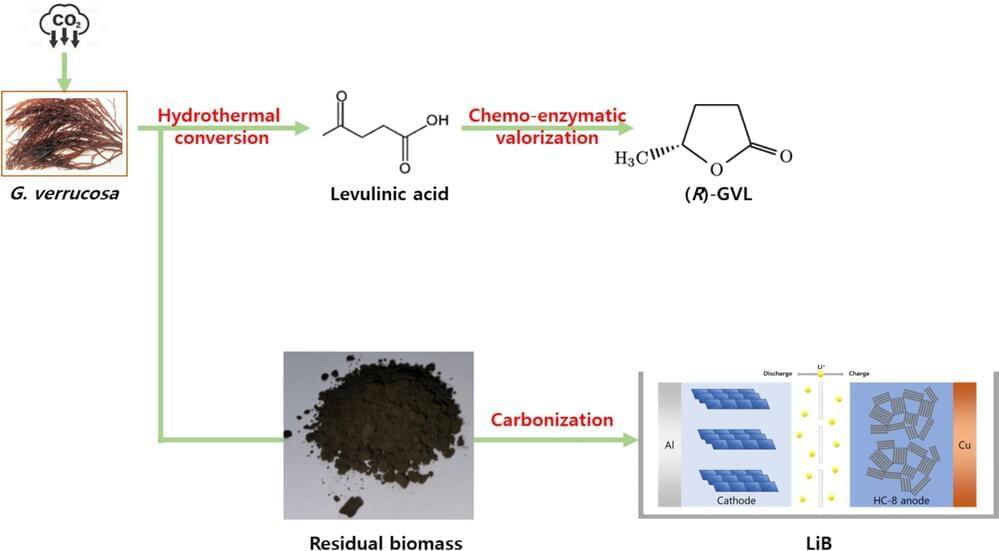
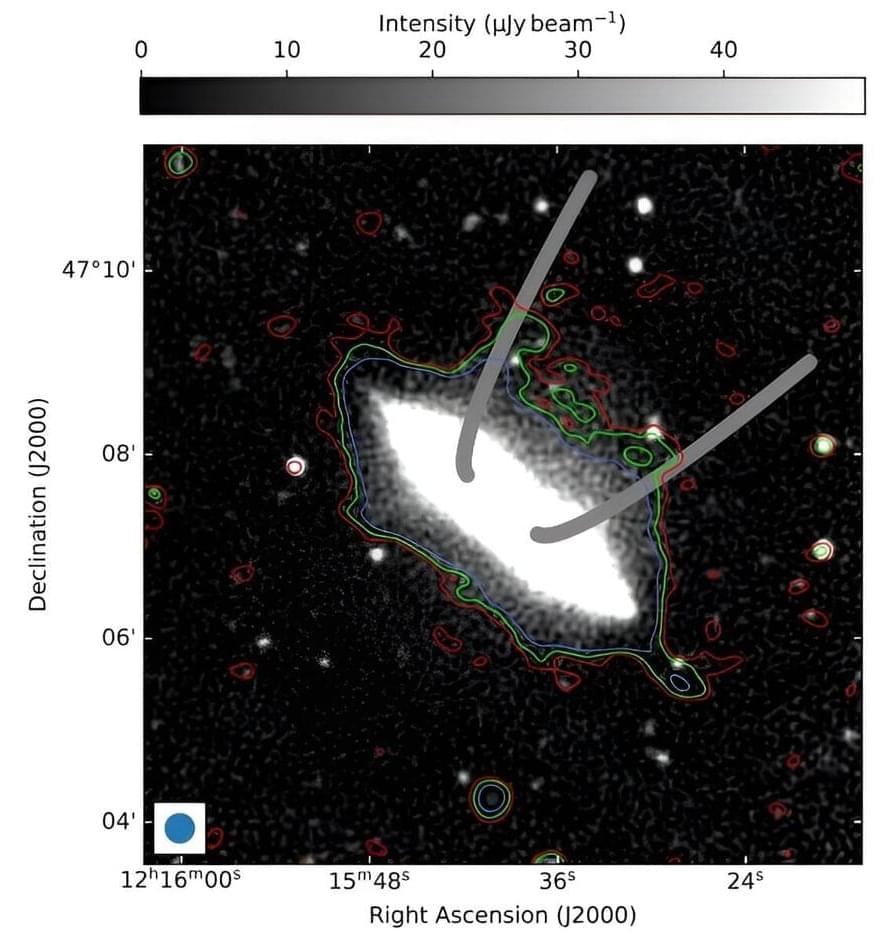
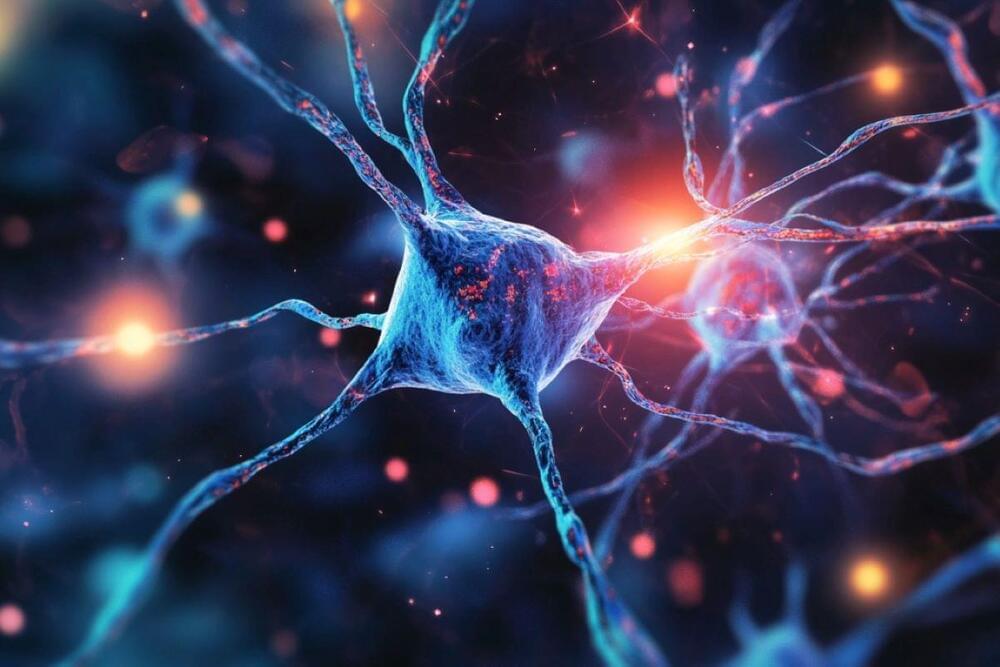
Summary: A new study has discovered that ophthalmic acid, a molecule in the brain, acts like a neurotransmitter to regulate motor function, similar to dopamine. In Parkinson’s mouse models, this molecule improved movement for over 20 hours—far longer than the effects of the current treatment, L-dopa.
This finding challenges the long-held belief that dopamine is the only key player in motor control. Researchers are now exploring how to use ophthalmic acid as a potential treatment for movement disorders, offering hope for more effective therapies.
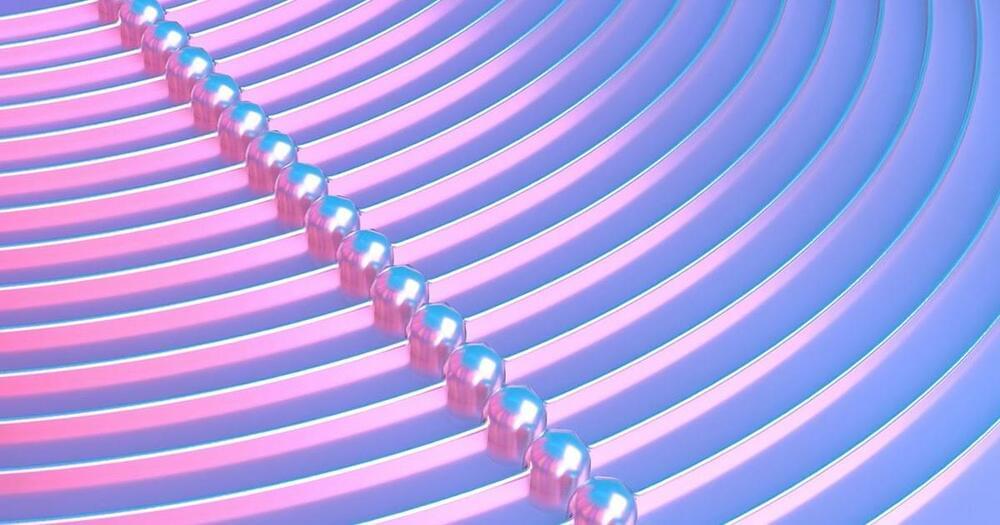
How is AI impacting data systems? Discover the answers from experts at NVIDIA, Google, Microsoft, and Western Digital.